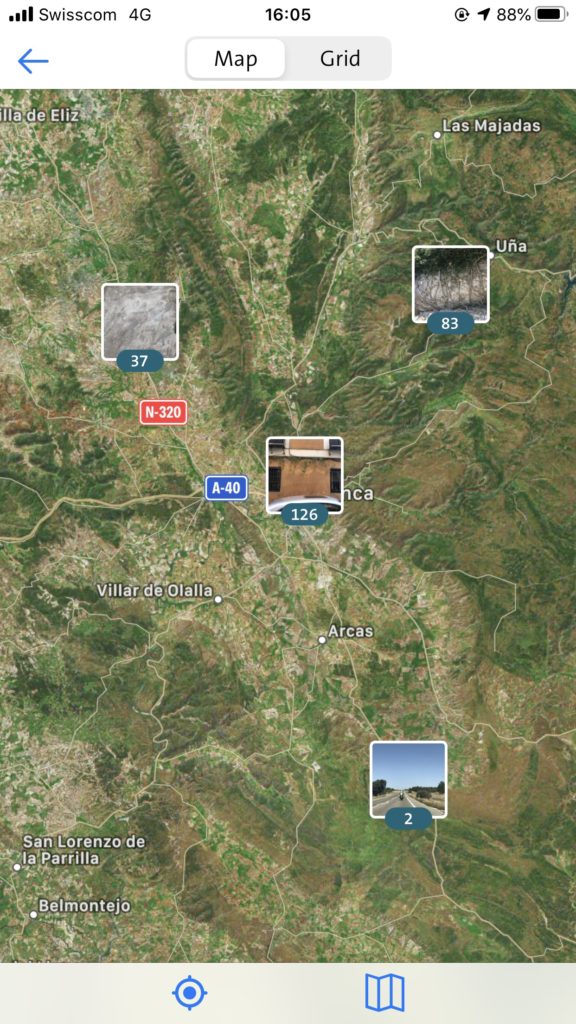Cloud Storage Tiers
On the 17th of February I will stop using Google One Drive and I was looking at the smaller tiers. You have 15 gigabytes for free, 100, and 200 gigabyte options, and then 200 gigabytes. At the moment I have 200 GB on Google Drive for documents and three hundred GB for photos. All of those photos are now backed up with Immich, PhotoPrism, and possibly one or two other storage solutions.
The Chasm From 200 GB to 2 TB
The issue that I, and others, come accross is that there is a massive leap from storing 100GB, 200GB or 2TB. There are no 500, 750 or 1TB tiers. You go from three francs per month to 10 CHF per month. I’ve had Google One with 2TB of space and used no more than 800 GB except for a day or two when I backed up my photos to Google Drive while migrating them off Google Photos.
Infomaniak is Cheaper, Microsoft 365 Offers A Better Tier
It turns out that Infomaniak’s Kdrive and Microsoft 365 Personal are two of the best options available. They’re priced with a 2 CHF difference. 67 CHF and 69 CHF per year. One offers Office Suite, as well as one terabyte of storage to use as you like, and the other offers two terabytes to use as you see fit. Both make it easy to backup photos from your phone to the cloud, and from the cloud to your laptop or external hard drive.
Self Hosted Replacements
As I mentioned above Google Photos has been duplicated via PhotoPrism, Immich and to some degree kDrive so I can delete those photos without concern, in theory. Google Drive is backed up to Kdrive so in theory I can delete that dat from Google Drive safely.
No Perfect Tier
My reason for moving away from Google is not based on conspiracy theories, or a moral problem with Google. It’s based on financial considerations. if they had a 500 GB or one terabyte tier then I would just downgrade my account for that tier size. This option does not exist so rather than downscale I might just jump ship.
Crowded Environment
The online backup market is huge. You have the choice between self-hosted solutions and cloud hosting solutions. Their pricing is quite similar but the question is whether you want your data to be in Europe, the US, or your own home, or the home of a friend or family member.
- Google One – Google/Alphabet
- iCloud – Apple
- kDrive – Infomaniak
- myCloud – Swisscom
- OwnCloud
- flickr – hosted
- nextCloud – self hosted or hosted
- PhotoPrism – self hosted or hosted
- Immich – self hosted or hosted
- Mylio – self-hosted or cloud hosted, although once you pay to backup to an exteran drive you have both
And Finally
I was happy to use Google One, Google Drive and Google Photos for years. The reason for which I decided to leave their service is that I saw the same experience, but for cheaper from Infomaniak. It has the added benefit that the data is stored closer to where I am. It’s nice to support local providers when the option exists.
Now that I have a local backup of my photographs, rather than depending on cloud services I can shop around and switch from the current cheapest to the next most affordable. I only need to check once per year, when the current contract is about to be renewed.





